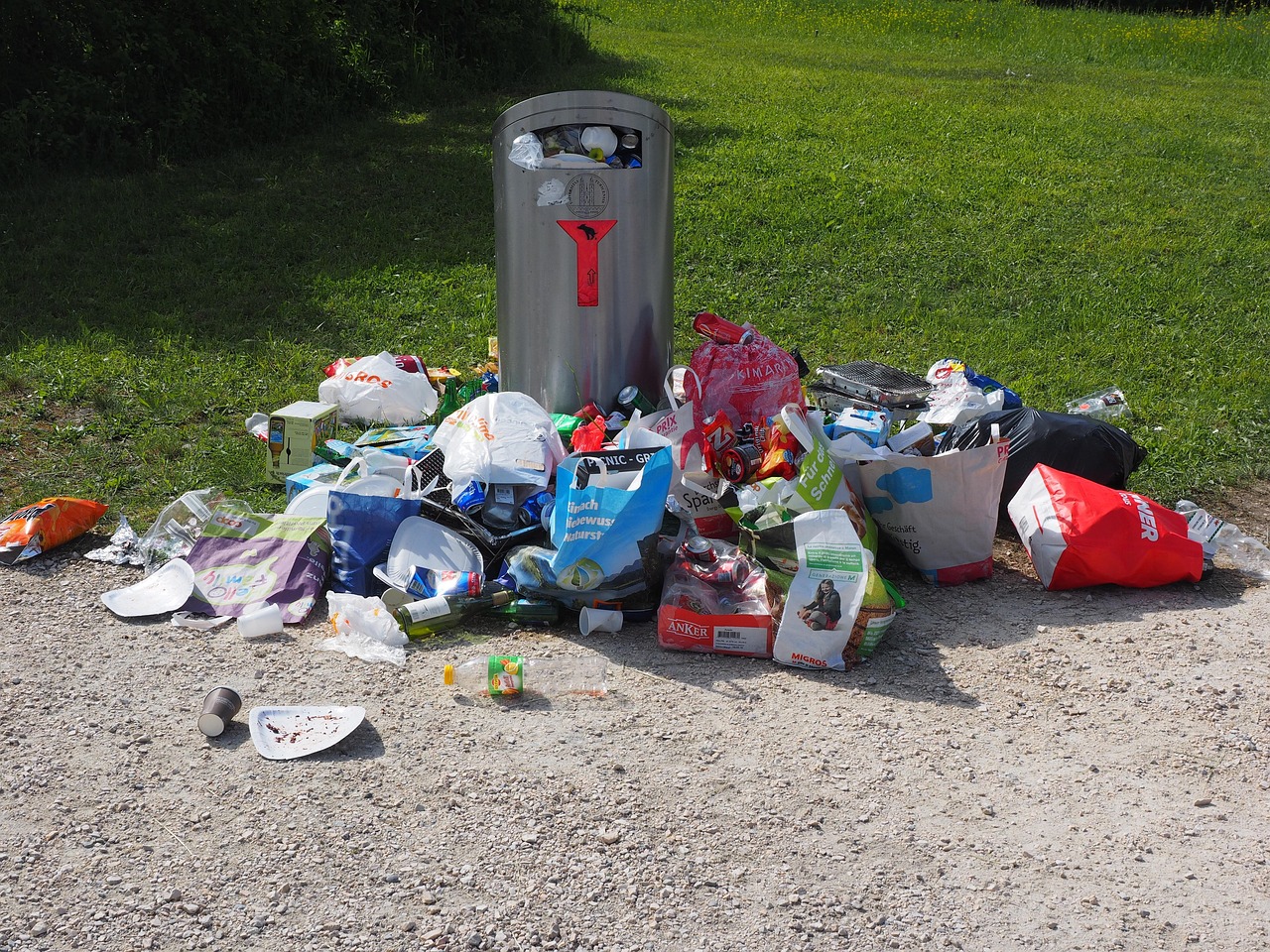Many moons ago, I worked in a company that had a bonus scheme tied to multiple objectives throughout the year, one of those objectives was called “Cut Waste.” I remember staring at that phrase and thinking, How do I cut waste in a finance department? Recycle more paper? Use both sides before binning it? Zero printing policy? It sounded like a green initiative rather than a financial one. But as it turned out, “cutting waste” had nothing to do with saving trees and everything to do with efficiency.
When businesses talk about cutting waste, they’re not just talking about physical materials—they mean wasted time, wasted money, wasted effort. It’s about streamlining processes, making things run smoother, and eliminating unnecessary steps that slow things down. In finance, that could mean automating repetitive tasks, simplifying approval processes, or even just questioning whether that ten-step spreadsheet really needs to be ten steps long.
Where can you start with ? First, identify bottlenecks—those tedious tasks that everyone grumbles about but nobody changes. Second, look at unnecessary expenses—subscriptions, software, or services that don’t add value. And third, embrace automation—if a computer can do it faster and more accurately, why are you still doing it manually? Cutting waste isn’t just about the environment; it’s about making your business leaner, more efficient, and ultimately, more profitable.



